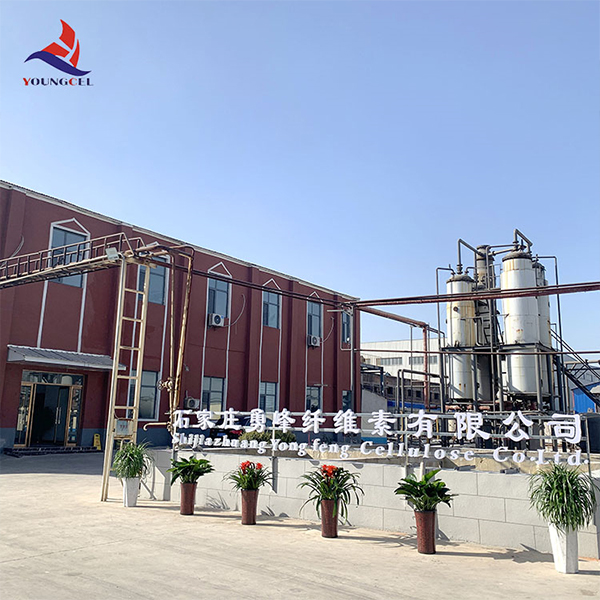The Role of Cellulose and HPMC in Paint Formulations
In the world of paints and coatings, the search for effective and sustainable materials has led to the growing use of cellulose-based compounds. Two significant components in this category are cellulose and Hydroxypropyl Methylcellulose (HPMC). These substances not only enhance the performance of paints but also contribute to their eco-friendliness, making them an attractive choice for manufacturers and consumers alike.
Cellulose, a natural polymer derived from plant sources, serves as a fundamental building block in various industries, including the paints and coatings sector. Its unique properties, such as biodegradability, availability, and non-toxicity, make it an excellent choice for formulating environmentally friendly products. When incorporated into paint formulations, cellulose can improve the viscosity, stability, and overall consistency of the paint. This ensures that the paint adheres well to surfaces and provides an even application without the risk of running or streaking.
The Role of Cellulose and HPMC in Paint Formulations
The incorporation of HPMC into paints helps in regulating the viscosity, ensuring that the paint is neither too thick, which could lead to application difficulties, nor too thin, which could result in poor coverage and a patchy finish. This balance is essential for achieving optimal performance during application, whether via brush, roller, or sprayer.
cellulose hpmc for paint

Moreover, HPMC enhances the open time of the paint, allowing for longer application periods without compromising the quality of the finish. This is particularly advantageous in situations where multiple coats are required or when painting large, intricate surfaces. Additionally, HPMC contributes to the paint’s ability to retain moisture during drying, thus reducing the risk of cracking and improving durability.
Another key advantage of using cellulose and HPMC is their role as stabilizers in paint emulsions. These compounds help to prevent the separation of pigment and binder systems in water-based paints, ensuring a uniform distribution of color and consistency throughout the application. This not only enhances the visual appeal of the paint but also improves its performance characteristics.
From an environmental perspective, the use of cellulose and HPMC aligns with the increasing demands for sustainable and eco-friendly products. As consumers become more environmentally conscious, manufacturers are moving towards formulations that reduce the reliance on harmful solvents and chemicals, and cellulose-based additives act as a viable solution in this transition.
In summary, cellulose and Hydroxypropyl Methylcellulose play a crucial role in modern paint formulations, providing essential benefits that enhance performance, application, and sustainability. Their ability to improve rheological properties, extend open time, and stabilize emulsions makes them indispensable components in the paint industry. As the quest for more sustainable and effective coatings continues, the relevance of cellulose and HPMC will only grow, paving the way for innovations that prioritize both functionality and environmental stewardship.
-
Rdp Powder: Key Considerations for Wholesalers in the Building Materials IndustryNewsJul.08,2025
-
Key Considerations for Wholesalers: Navigating the World of Hpmc - Based ProductsNewsJul.08,2025
-
Hpmc Detergent: Key Considerations for WholesalersNewsJul.08,2025
-
Key Considerations for Wholesalers: China Hpmc For Tile Adhesive, Coating Additives, Concrete Additives, and MoreNewsJul.08,2025
-
Crucial Considerations for Wholesalers: Navigating the World of Construction MaterialsNewsJul.08,2025
-
Key Considerations for Wholesalers Sourcing Additive For Cement, Additive For Concrete, Additive For Putty from Additive Manufacturer Shijiazhuang Gaocheng District Yongfeng Cellulose Co., Ltd.NewsJul.08,2025




